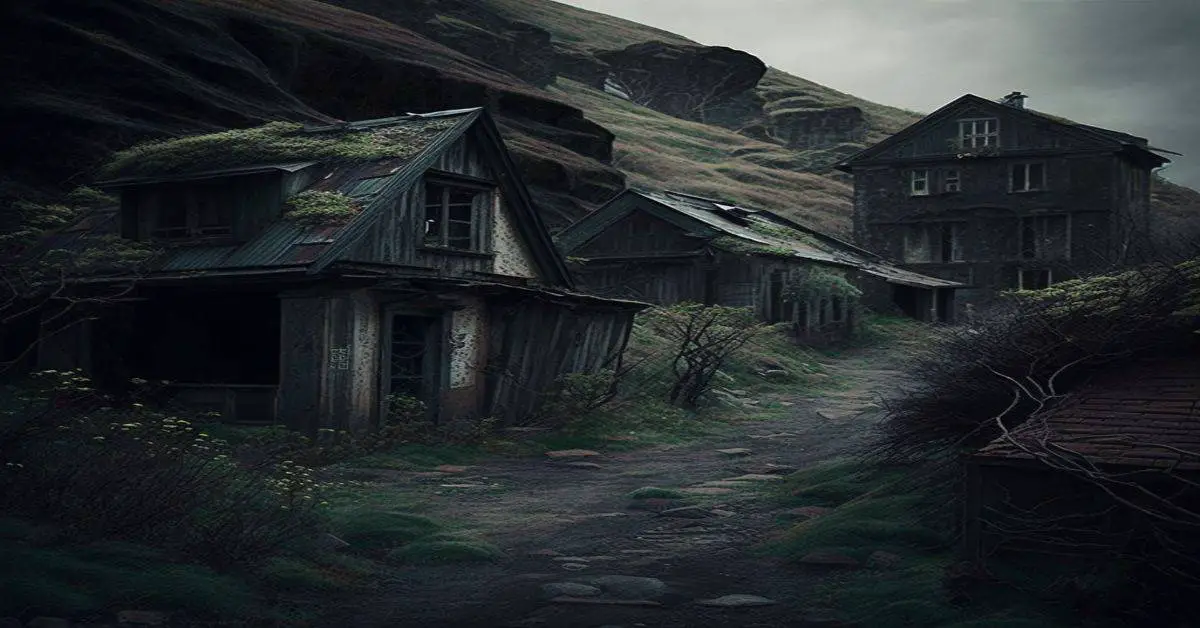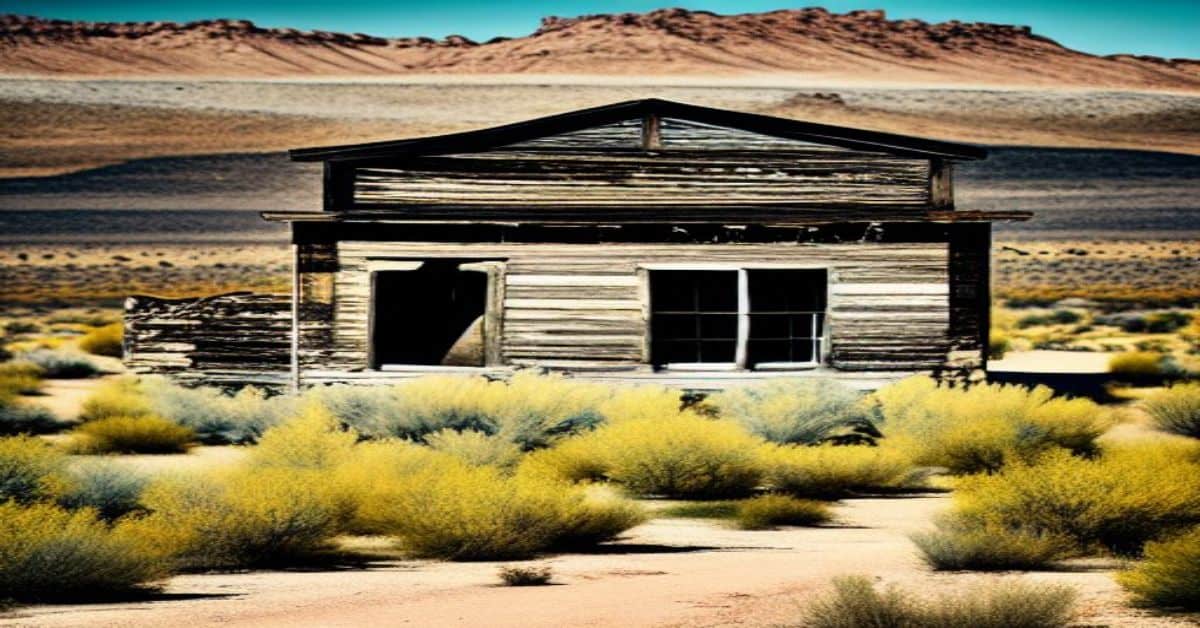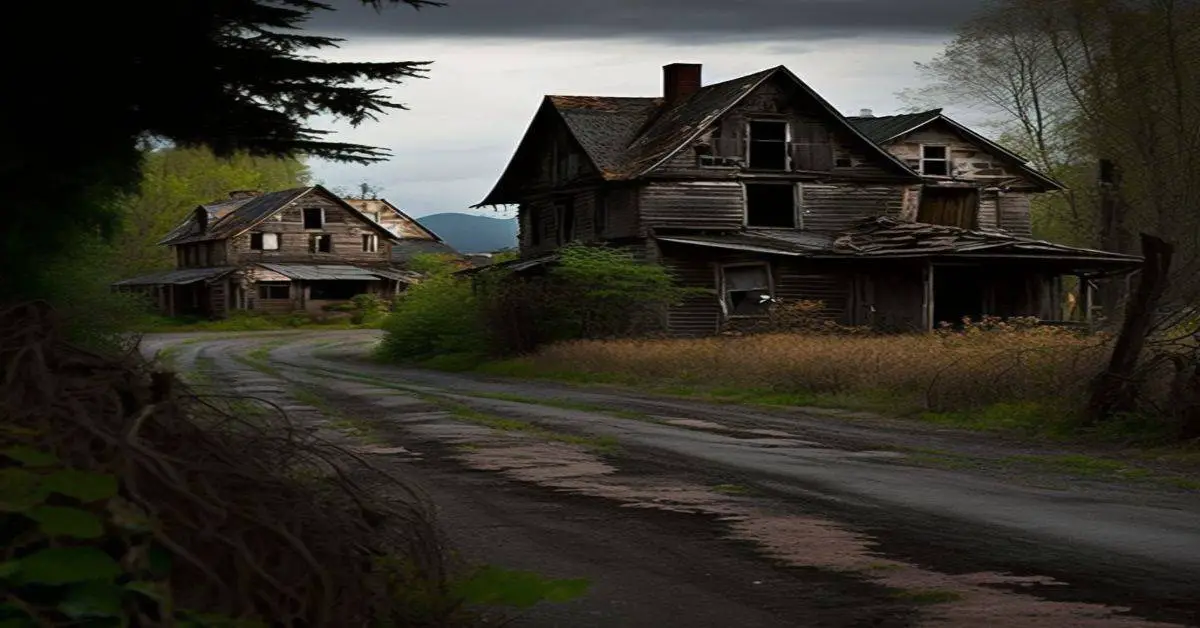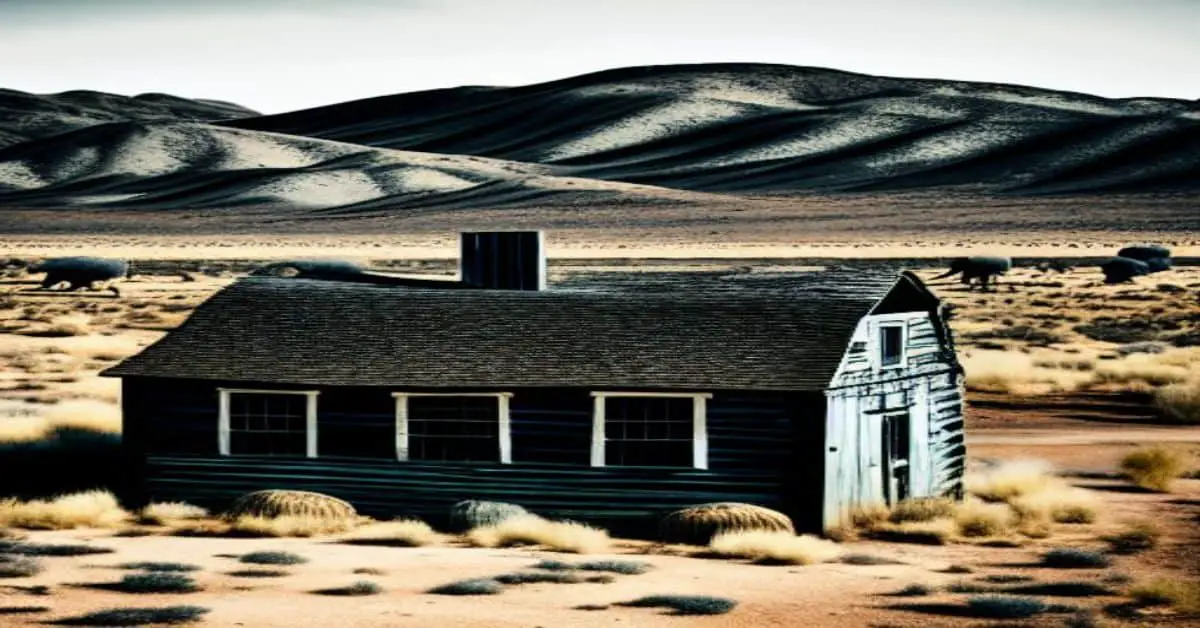While some may view ghost towns as eerie and unsettling, they are an important reminder of the past and the people who once inhabited them. Virginia City, Montana, is one such town that has a rich and haunting history.
Despite its notorious past as a mining town plagued by the Plummer gang, Virginia City has managed to maintain its historic charm. She is a popular tourist destination for those interested in the Wild West.
Located in southwestern Montana, Virginia City is surrounded by beautiful mountain ranges and has a semi-arid climate with hot summers and cold, snowy winters. While its climate may be harsh sometimes, it adds to the town’s rugged and wild character.
In this article, we will explore the history, preservation, and tourism of Virginia City, giving readers a glimpse into the fascinating and sometimes chilling past of this unique town.
Key Takeaways
- Virginia City is a ghost town with a violent past, plagued by the Plummer gang during the 1860s.
- Restoration efforts and preservation projects have breathed new life into Virginia City, making it a popular tourist destination that attracts visitors from all over the world.
- Virginia City’s preservation serves as a testament to the importance of protecting our shared cultural heritage for future generations to enjoy.
- Virginia City is an excellent destination for outdoor activities such as hiking, fishing, and camping, providing employment opportunities for many people in the area.
Location and Climate
Located in Montana, Virginia City experiences cold winters and cool summers, providing a climate that matches the chilling history of the town’s notorious Plummer gang and the hangings under the exposed beams of its buildings. The town is situated in a valley surrounded by tall mountain peaks, providing a picturesque view of the natural landscape.
Some of the nearby geographical features include the Madison River and the Tobacco Root Mountains. Despite the cold weather, Virginia City is an excellent destination for outdoor activities such as hiking, fishing, and camping. The surrounding mountains offer several trails for hiking, while the Madison River is a popular spot for fishing, especially during the summer months.
In addition, visitors can enjoy camping in the nearby campgrounds and experience the beauty of the Montana wilderness. Overall, Virginia City’s location and climate provide an excellent backdrop for visitors to explore its haunting history and enjoy the area’s natural beauty.
History and Legends
The former mining town in Montana is infamous for the brutal reign of the Plummer gang, which terrorized the town during the 1860s. Henry Plummer was appointed sheriff of Bannack, the first territorial capital of Montana, in 1863. He soon formed a gang of criminals, including local outlaws and members of his law enforcement team, and began to rob and kill anyone who opposed them.
Virginia City was one of the towns that suffered most from the Plummer gang’s activities. The miners of Virginia City formed a Vigilante group and captured at least six of Plummer’s bandits, hanging each one from an exposed beam of a building under construction. Plummer was later captured and hung in Bannack, but his reign of terror left a lasting impression on the town.
Many ghost stories and legends have since emerged, including sightings of Plummer’s ghost haunting the streets of Virginia City. Despite the town’s violent past, Virginia City has become a popular tourist destination and a testament to the resilience of the human spirit in the face of adversity.
Preservation and Tourism
Restoration efforts and preservation projects have breathed new life into the once-bankrupt Virginia City, allowing visitors to step back in time and experience the rich history and culture of the old mining town.
The National Trust for Historic Preservation’s purchase of the town in 1998 prevented the construction of new homes, and allowed for the restoration of some of its older buildings.
Today, the town is a popular tourist destination that attracts visitors from all over the world.
However, the restoration of Virginia City has come with its own challenges and successes.
Some of the older buildings have required extensive renovation to bring them back to their former glory, and funding for these projects has been a constant struggle.
Despite these challenges, the restoration efforts have positively impacted the local economy, providing employment opportunities for many people in the area and boosting tourism revenue.
Overall, preserving Virginia City is a testament to the importance of protecting our shared cultural heritage for future generations to enjoy.
Frequently Asked Questions
What other industries besides mining were present in Virginia City during its heyday?
During Virginia City’s heyday, agriculture was also present alongside mining. Today, the town’s economy is largely driven by tourism, with many attractions and activities available for visitors.
Are there any notable landmarks or buildings in Virginia City that have not been restored or preserved?
Some abandoned structures in Virginia City have not been restored or preserved, including the Madison County Courthouse and the Thompson-Hickman Museum. These buildings have historical significance and require restoration efforts.
What is the current population of Virginia City and how has it changed over time?
Virginia City is a semi-ghost town in Montana, and its population has fluctuated over time due to demographic shifts. As of the latest census in 2010, the population was 190, down from a peak of 10,000 during the mining boom.
Are there any ghost stories or paranormal activity associated with Virginia City?
The ghost town of Virginia City has several haunted tours, offering visitors the chance to experience supernatural encounters. While many ghost stories are associated with the town, it’s up to the visitors to decide if they believe them.
What is the economic impact of tourism on Virginia City and the surrounding area?
Tourism benefits Virginia City and the surrounding area by providing income for local businesses. Visitors can enjoy historical tours, shopping, and dining in the town. The restoration of older buildings also supports the local economy.



